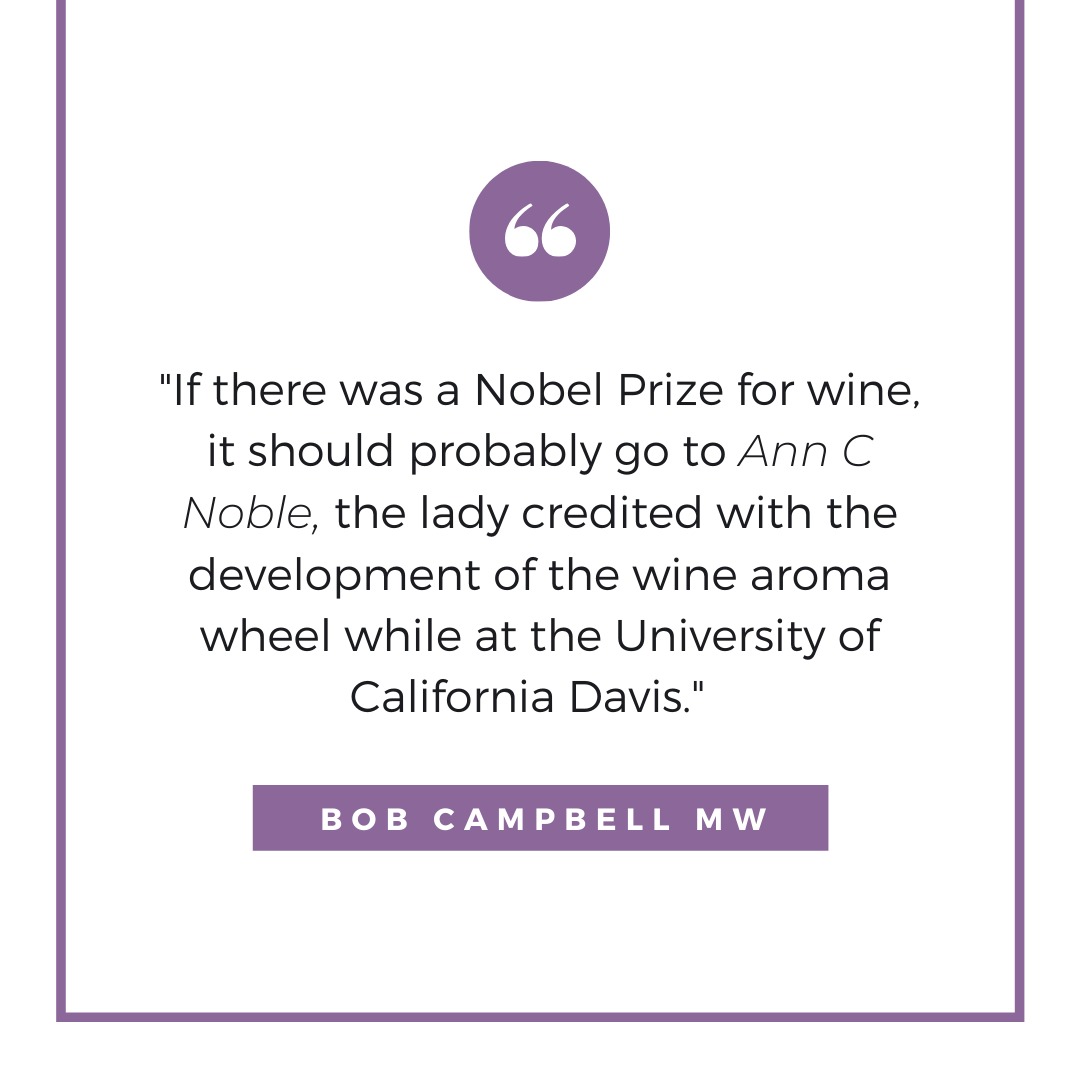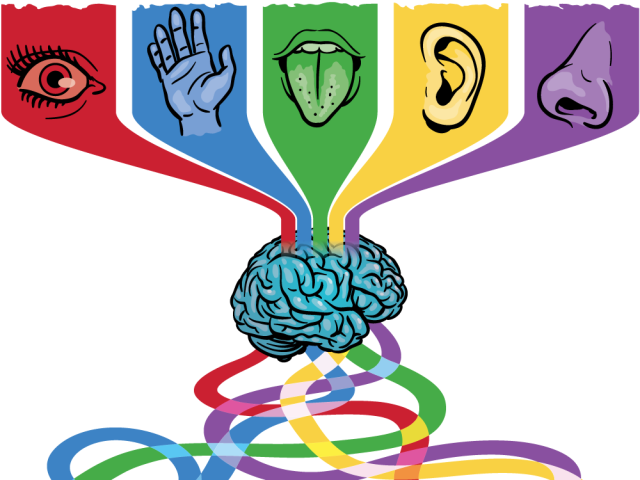Wine Talk: How to learn to talk about wine
Wine talk can be intimidating for the apprentice wine taster. Indeed, we, wine enthusiasts love to talk about wine, its origin, its making, the winery, and of course its taste.
How did you learn? Who was the most influential person in your wine education journey?
Bob Campbell, MW, started his May 4 column by mentioning this one person, who happens to be my friend and mentor [1].

When I shared this award to my friend Ann Saturday evening, via a zoom chat, she smiled at the play on words, Noble and Nobel, but did not comment further.
This is not the first time that Ann's work and education tool, the Wine Aroma Wheel, has been recognized as a breakthrough in wine professional education. Prior to the creation of this learning aid, wine aroma descriptions were elusive, making conversations among professionals difficult to reach agreements on what they tasted in a wine.
I remember an argument between colleagues, one calling the wine "grapey", which was interpreted as faulty by the winemaker. It took a lot of wine talk to realize that “grapey” meant “juicy” and not “faulty.
How do wine enthusiasts learn? The scientist point of view
Mr. Campbell also described in his review how he used the Wine Aroma Wheel and the recommended aroma standards to teach his students the basics of wine aroma recognition and description.
Professors Kathryn and Michael Latour at the University of Nevada, Las Vegas, published two studies to understand how wine enthusiasts learn from their tasting experience [2; 3].
In a first study, their experiments showed the benefits for beginners to use the Wine Aroma Wheel to strengthen their experiential memory and learn the multi-faceted tasting experience more effectively.
This was confirmed in a second study. Indeed, people beginning their wine tasting journey realize how an analytical approach to wine tasting, using a tool such as the wine aroma wheel, helped them "better understand the framework" and "know what to look for in wine evaluation."
How do experienced wine tasters evolve their wine talk? The expert point of view
As any tool, the Wine Aroma Wheel has its limitations and detractors.
Beyond the obvious -it focuses on aromas-, some experts found that the aroma wheel structure encourages the standardization of the wine language. Actually, it was this precise goal that motivated Ann Noble to find a way to get wine professionals speaking with the same language, to understand each other better, and therefore to make better decisions for their business.
One of the Court of Sommeliers criticisms of the aroma wheel is that it "distances the taster from the actual taste experience by imposing language on a sensory experience that might not necessarily be translated into that less." In other words, by being too analytical in the wine description, we miss the holistic experience with the wine.
Andrew James also argued that learning to describe wine with the wine aroma wheel led the new generation of wine critics to become overzealous in their wine talk [4].
“It is no longer sufficient to say that a Chardonnay has a citrus element without specifying whether that element is lemon, lime, grapefruit or orange. And if it happens to be orange, contemporary tasting note writers will go on to choose between bitter orange peel, orange sherbet and glazed orange slices to complete the metaphoric description. "
I do agree that some wine experts have gone too far by willing to be precise in their descriptions.
How should more experienced tasters then capture their holistic experience?
Drawing, Prof. Kathryn and Michael Latour are saying. According to their research, drawing seems an effective means for more experienced tasters to express their overall experience. However, the research showed that drawing won't help beginners remember the taste better.
Recommended reading: The Path to Become a Wine Expert
Here is my point of view
I think the debate about being precise or holistic in our wine talks misses a point.
To me, wine language has two functions:
- To help you remember specific sensations by using descriptive words
- To communicate to others what sensations you smelled, tasted or felt when tasting a wine.

In the first case, wine tasters can develop their own system to create wine tasting notes that can help them remember tasting experiences.
In the second case, I will argue that a common wine language is necessary to have meaningful conversations among tasters, and rich wine talks.

"Glazed orange slices" might be a too specific descriptor, unless you can give me a reference to smell, taste, and understand what you mean.
This is how wine sensory folks communicate!
Published May 13, 2020
I love reading your comments and suggestions
Submit them
using this link
References
[1] Noble's wine aroma wheel By BOB CAMPBELL MW IN WINE INSIGHTS, May 4, 2020
[2] LaTour, Kathryn A., and Michael S. LaTour, (2010), “Bridging Aficionados’ Perceptual and Conceptual Knowledge to Enhance how they Learn from Experience,” Journal of Consumer Research, 37 (4), 688-697
[3] Latour, K., & Deighton, J. (2018). Learning to become a taste expert. Harvard Business School Research Paper Series #18-107.
[4] Andrew James, «How Robert Parker's 90+ and Ann Noble's Aroma Wheel Changed the Discourse of Wine Tasting Notes », ILCEA [Online], 31 | 2018, Online since 06 March 2018, connection on 06 March 2018.




